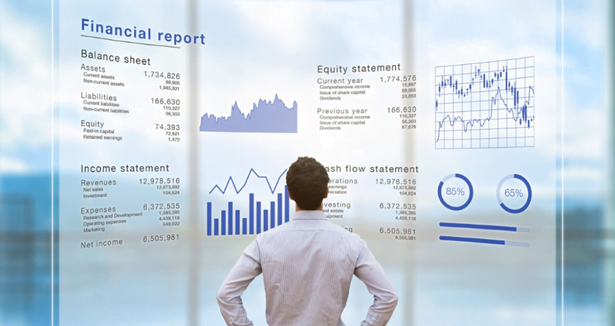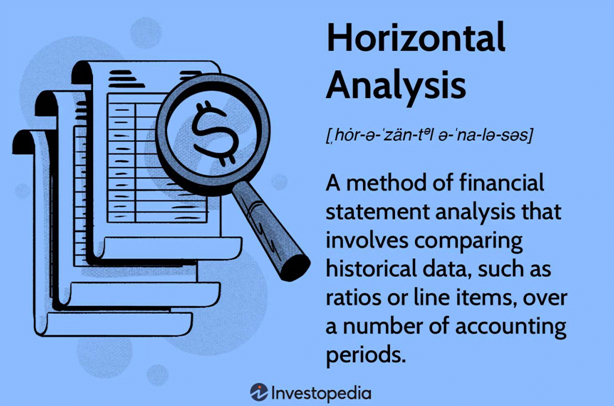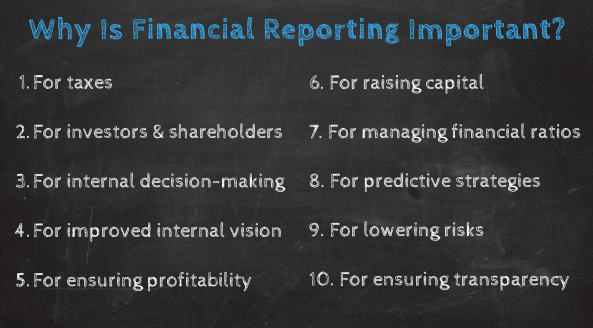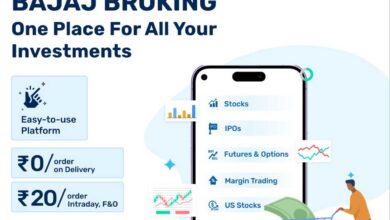
The answer should be obvious to anyone who has ever attempted to build and manage financial reports in a visualization tool. Though contemporary cloud-based corporate performance management (CPM) solutions are the best choice for your financial reporting, Power BI is still a good alternative for dashboards.
Power BI vs. CPM
We want to get into further detail about this. Power BI is a part of a group of tools that are generally called business intelligence (BI) tools. Financial reporting and consolidation tools are particularly built, yet they fall under a larger category known as corporate performance management (CPM) software.
Business intelligence:
Other well-known products in the business intelligence field include Tableau and Domo. The majority of BI technologies are made especially for rich visualization dashboards. Furthermore, artificial intelligence (AI) features are being added to business intelligence (BI) solutions on a growing basis. More information can be found on https://acterys.com/.
Business Performance Management Software:
CPM systems, on the other hand, are made specially to help accounting teams combine financial data. CPMs frequently generate expertly written financial reports, including
- Win and loss
- Balance sheet
- Cash flow statements
Budgeting features are available in most CPM reporting platforms. Additionally, it has been feasible to perform complex planning tasks like modelling and sales projections for a number of years.
Why is “financial reporting in Power BI or in a corporate performance management solution” even a topic worth blogging about, given how obvious the distinction between BI and CPM is?
A group of “hungry” consultants have appeared in response to Power BI’s financial reporting capabilities and the growing popularity of its primary rivals. Furthermore, a sales representative with the necessary technical know-how can make nearly anything appear attractive, even prepared financial reports, with a powerful and adaptable tool like Power BI.
Recently, a lot of businesses have been duped into utilizing Power BI Financial Reporting. And if you ask a knowledgeable expert who is revenue-focused: Is that possible? Most likely, you’ll hear “yes”! And you might genuinely have attractive Power BI financial reports after a few weeks—or months—and a hefty consulting price. However, most finance executives find that having a single cloud-based interface for dashboards and financial information can be a bit of a nightmare, regardless of how excited your managers may be. How come?
because managing a financial reporting process was not the intended purpose of Power BI or its BI rivals.
The Power BI model language contains a great deal of intricate programming and hacking. Of course, you could eventually stay long if you’re willing to pay a technical specialist or have your Power BI consultant on staff to make model modifications as your roll-ups change, your chart of accounts expands, or you need to develop a new report.
In the end, we are positive that you will resume using Excel to create your financial reports because your accounting staff is accustomed to working with formulas and formatting there.
An alternative is to employ a CPM solution made to streamline the financial procedure. To deliver financial reports with a professional manner, you can also use a CPM tool.
You can also shift your budgeting procedure into the CPM tool and manage everything online with a CPM solution. It’s not necessary for it to be either/or.
The best way: Use BI tools and CPM reporting tools together
An increasing number of CPM providers offer pre-built integrations with leading BI tools such as Power BI.
Solver and Prophix are a couple of these suppliers. Solver, for instance, is comparable to Power BI in that it is an Azure cloud-based platform with a pre-built Power BI connectivity. An illustration of a comparison between Solver and Power BI may be found below.
It is evident from this that businesses requiring both financial reports and dashboards ought to employ CPM tools for financial report generation and BI tools for dashboard creation. The two tools are not interchangeable.
Having the appropriate tools for the job is perhaps one of the best strategic decisions a management team can make as they get their organization ready for whatever the Roaring Twenties might bring. However, attempting to force a square peg into a round hole may result in aggravation.
Money wasted and delayed reporting are the sources of this annoyance. It’s becoming more widely acknowledged that “data is the new gold.” Companies are probably one step closer to success and future leadership in the business when Netsuite Power BI is combined with a best-in-class cloud-based CPM system.
Integrating Power BI and CPM: A Strategic Approach
Even if it’s clear how Power BI and CPM differ from one another, knowing their distinct functions and the possible synergy they offer can really change things.
Any organization hoping to accomplish data-driven decision making must ensure that its Power BI and Corporate Performance Management (CPM) systems have financial reporting criteria.
Power BI vs. CPM: A Comparative Analysis
Since artificial intelligence (AI) capabilities have become more prevalent, these tools have shifted from their primary purpose of creating visually appealing dashboards to providing more potent insights.
CPM solutions come with built-in budgeting features that facilitate detailed financial planning, modelling, and sales forecasting.On the other hand, CPM systems are painstakingly created to make financial data consolidation easier.
They are proficient in producing well-written financial reports, including cash flow, balance sheet, and profit and loss statements.
The Power BI Temptation
Although the distinction between BI and CPM may seem obvious, several companies have unintentionally adopted Power BI for financial reporting because of how appealing its visualization features are.
Power BI may be used to generate visually appealing financial reports, but there are some inherent difficulties.In the hands of a knowledgeable sales agent, Power BI itself can seem like a good tool for creating polished financial reports.
The CPM Solution: Streamlining Financial Reporting
Professional and effective financial report delivery is a skill of CPM tools. You can also incorporate your budgeting procedures into the CPM system, which enables all-inclusive financial management on one platform.
Using a CPM system created expressly to expedite the financial reporting process is a more efficient alternative.









